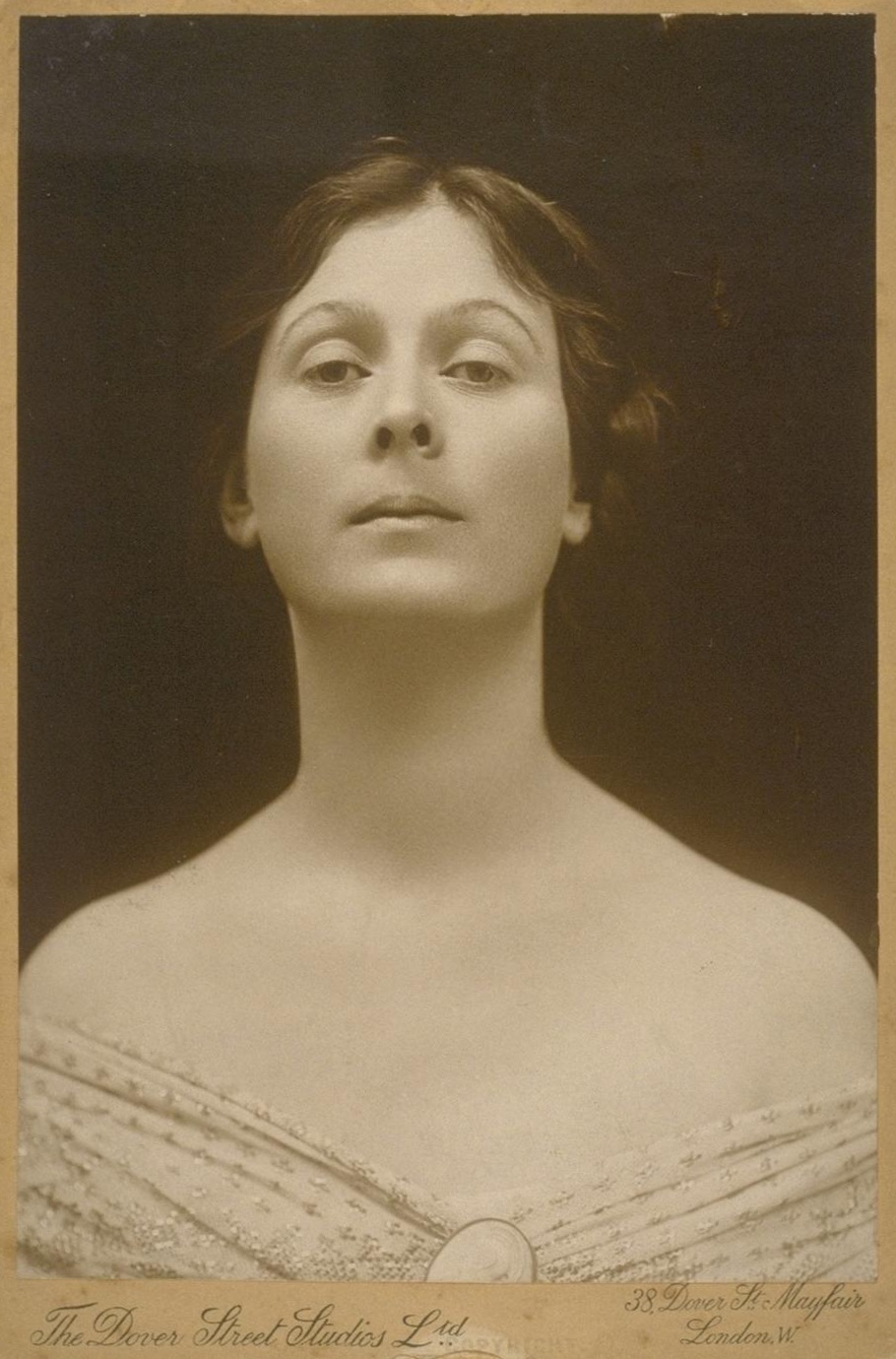Images are images, and art is art. All visual art is an image, but not all images are art. I love images . . . color, line, shape, texture. But art . . . well . . . art stops me in my tracks.
 |
| Quiet Invitation II. Beth Swanson. |
This painting, by Beth Swanson, is part of Still Point Art Gallery's current exhibition: Interiors. I really love this image. I love the folds in the tablecloth, the curves of the backs of the chairs, the clean lines of the windows, the little pots on the sills, and the lovely, curvaceous objects on the table. The composition is perfect. Everything is balanced—one window balances the other, the chairs are positioned to give the image stability and firmness, and the objects are carefully placed to achieve an effect of evenness and equilibrium. The eyes of the viewer are drawn to the corner of the room, off-center, avoiding a feeling of symmetry and creating a bit of tension that is very enjoyable. The curves of the chairs are a perfect counterpoint to the straightness and angularity of the windows. The color—beautiful, soft greens—make the piece feel cool and peaceful. Everything about this piece is perfection. It is art. It stopped me in my tracks.
Only one problem. It doesn't exist. I've never seen a room like this. I've never seen color and light like this. I've never been in a room as quiet and ethereal as this one seems to be. But, again, this is art. This image came from the depths of Swanson's imagination and heart, and it captivates my own imagination and heart. I could stare at this painting for hours and days. Yet, I don't see this painting as much as I feel this painting. I feel it with all my senses. It is art.

